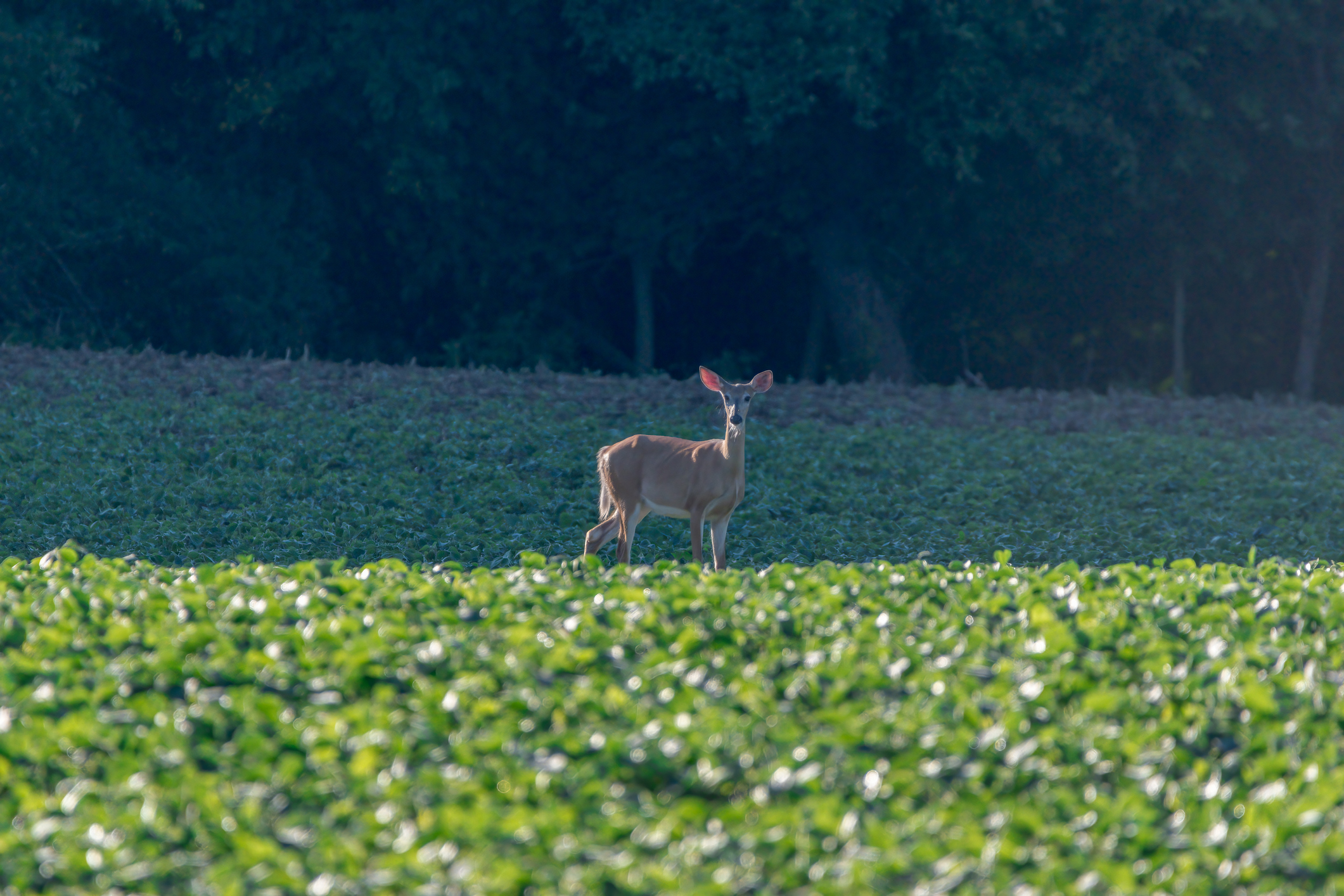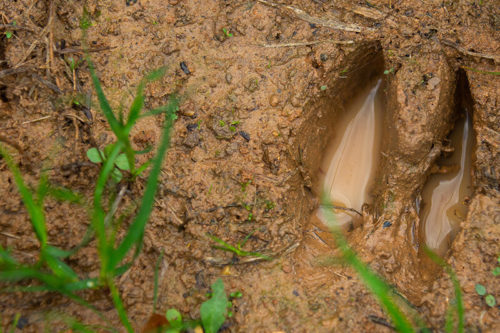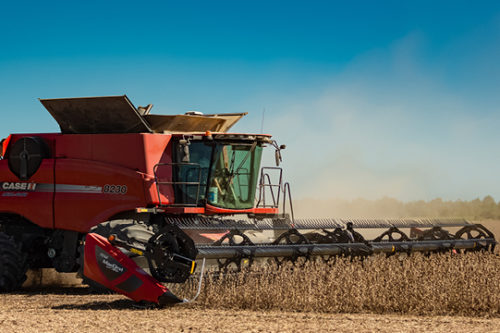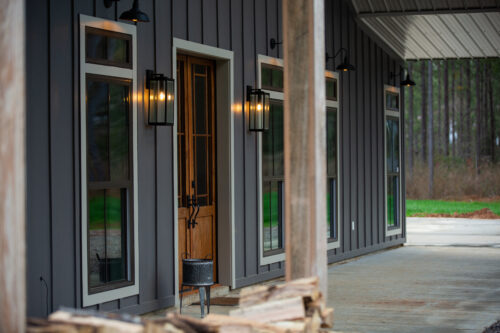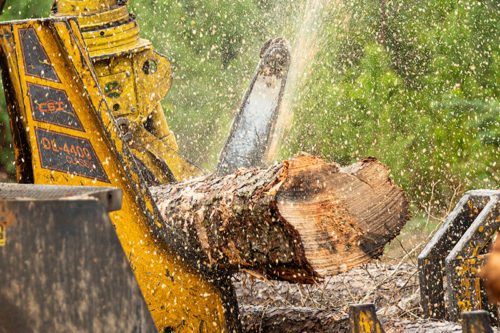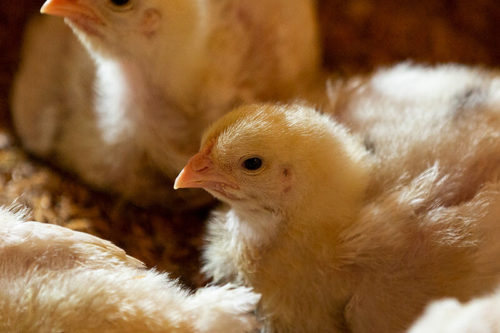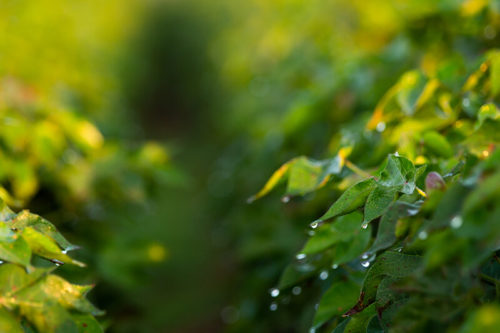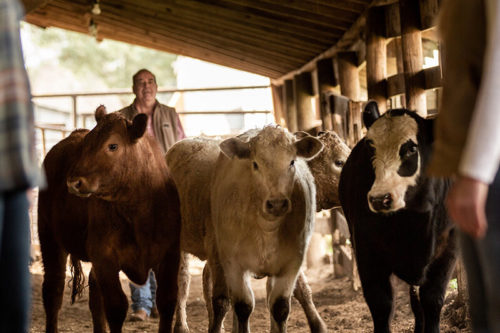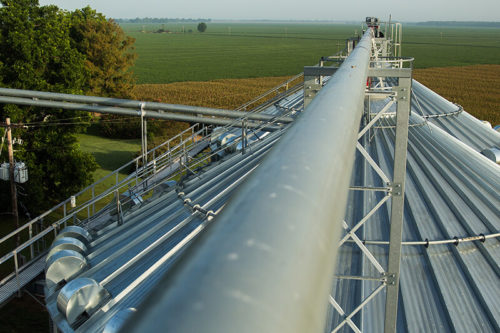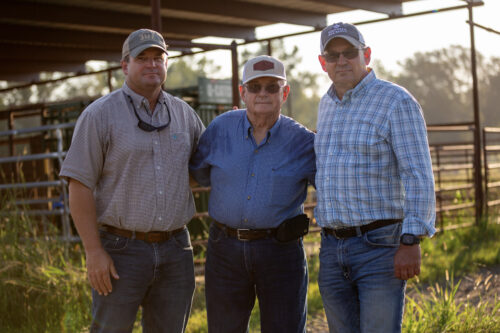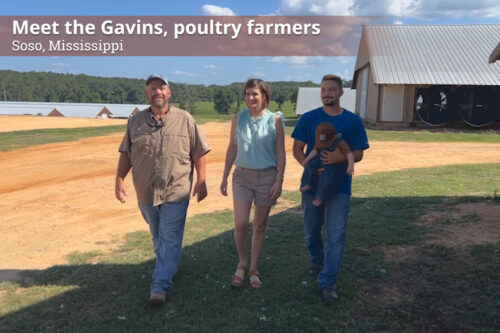Prepare Your Food Plots for Deer Season
In our Guide to Buying Hunting Land, we discussed what you’d look for in a tract of land that could be used for deer hunting. Successful deer camps have well-placed, healthy food plots. This article will go into a bit more about how to get your plots into shape in time for deer season.
Test Your Soil
To have optimal growth in your food plot, your soil must be at a proper pH level. According to Whitetails Unlimited, “Most deer forage crops grow best at pH values that are slightly acidic, between 5.8 and 6.5. Adjusting soil pH with lime within this range maximizes growth and increases yield, fertilizer efficiency, palatability of crops, and herbicide effectiveness.”
Find out what your soil pH is by testing it. Test your soil professionally with an in-depth analysis by the LSU’s Soil Testing & Plant Analysis Lab or Mississippi State Soil Testing Lab. If you want less information, there are at-home tests as well as digital gadgets that can measure your soil pH.
Apply Lime to Raise Soil pH
Ground limestone rock can be added to soil to raise the pH level, making it more alkaline and less acidic. Applying lime should be done about four months before your initial planting.
When you have your pH number and know what you want to raise it to, the rule of thumb is to apply 1.2 tons of lime to your soil per pH point. So, if your soil’s pH is 5, and you would like to raise it to 6.5, spread 1.6 tons of lime on your plot.
A common method is to use powdered lime and apply it by using a spreader attached to your tractor or four wheeler. If you’d like to avoid the backbreaking work of handling thousands of pounds of bags of crushed rock, there are expert agricultural lime spreaders available for hire.
Fertilizer
Your plants need a combination of nitrogen, phosphorus, and potassium in their soil. Using your soil analysis form, you’ll be able to see what nutrients your soil is lacking. To bring those elements up to healthy levels, use the soil testing analysis form for a fertilizer mix recommendation. Purchase a mix that contains the correct dose of each nutrient related to your analysis.
What to Plant
To keep deer well-fed over the year, the Mississippi Department of Wildlife, Fisheries, and Parks (MDWFP) recommends combination plantings. They contend that “combination plantings will also reduce the risk of total crop failure due to insects, disease, or adverse weather since different species grow and mature at different rates.” Their favorite cool season forage plants are brassica, winter oats, winter wheat, crimson clover, and arrowleaf clover.
Source: MDWFP
When to Plant
LSU’s AgCenter’s “earliest recommended planting dates for cool season forages would be for oats, and those dates for south Louisiana are September 15 to October 15.” They recommend planting cereal rye, wheat, and ryegrass between the weeks of September 20 to October 15 and clovers from October 1 to November 15.
According to MSU Deer Lab’s Bronson Strickland, “In most of Mississippi, your best bet is mid to late September until the middle of October” for planting winter food plots for deer.
Planting Tips
When planting a seed mix, follow the directions on the bag. Some seeds can be thrown out directly on top of the soil, while others need to be covered. With loose seeds, run a drag over the plot to make sure that your seeds are hitting the soil to begin germination. If you need more soil coverage, a cultipacker will press seeds further into the soil.
The Mississippi State University Extension Publication, “Supplemental Wildlife Food Planting Manual for the Southeast” has a number of tips for managing white-tailed deer habitats, including how to protect your seeded plot from soil erosion and weeds with proper mulch:
When overseeding exposed soil areas susceptible to severe erosion, cover the areas with a wheat straw or pine straw mulch to prevent soil erosion and hold seeds in place. Be aware that using material such as bahiagrass or bermudagrass hay as mulch may lead to these grasses becoming established. Also, make sure straw mulch is from a reputable source and free of cogongrass and johnsongrass.
Supplemental Wildlife Food Planting Manual for the Southeast
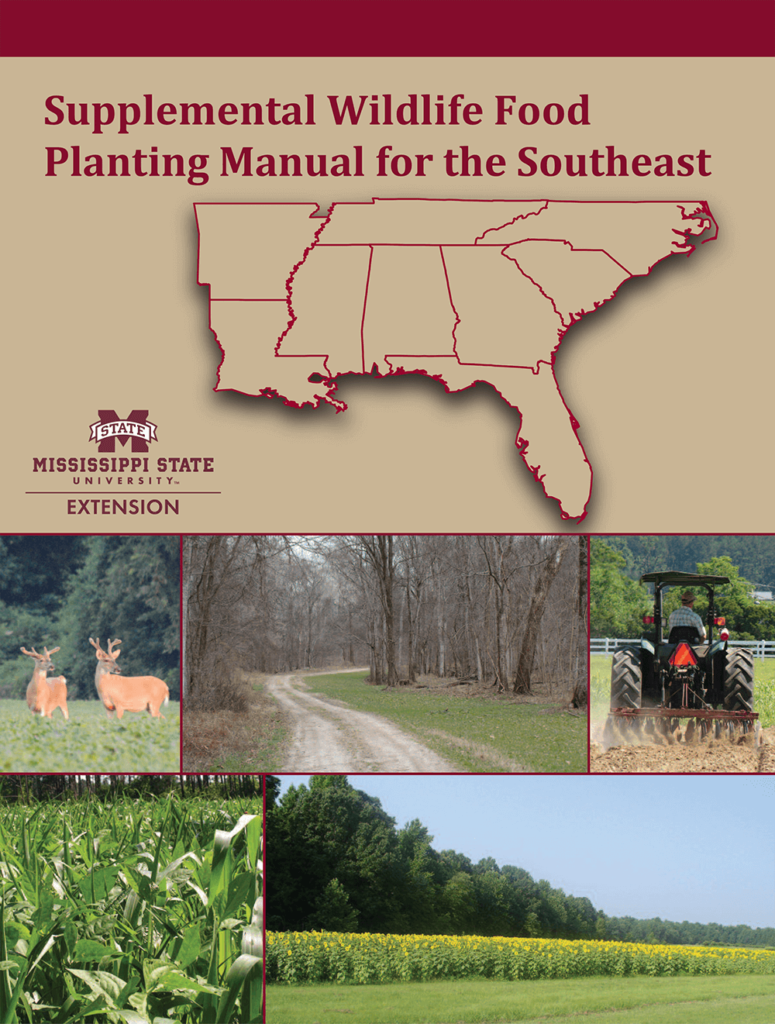
Food Plot Maintenance
Properly prepared food plots do not require a lot of maintenance, but some maintenance is crucial. You’ll also save time and money as you maintain the plots instead of starting from scratch. Continue testing your soil twice a year to see if you need to apply more lime or fertilizer. If there is a dry season, consider irrigation. When your plots are healthy all year round, your deer will thrive. As a steward of your land, you are responsible for making sure the deer have access to nutritious forage every day.
Looking for Hunting Land?
Southern AgCredit is an agricultural lender serving northern Louisiana and Mississippi. We love the outdoors and are experts on financing rural land for deer hunting and recreation. If you are in the market and are looking for a great loan, contact us or send us a message below. We’ll work with you to finance the land of your dreams.

